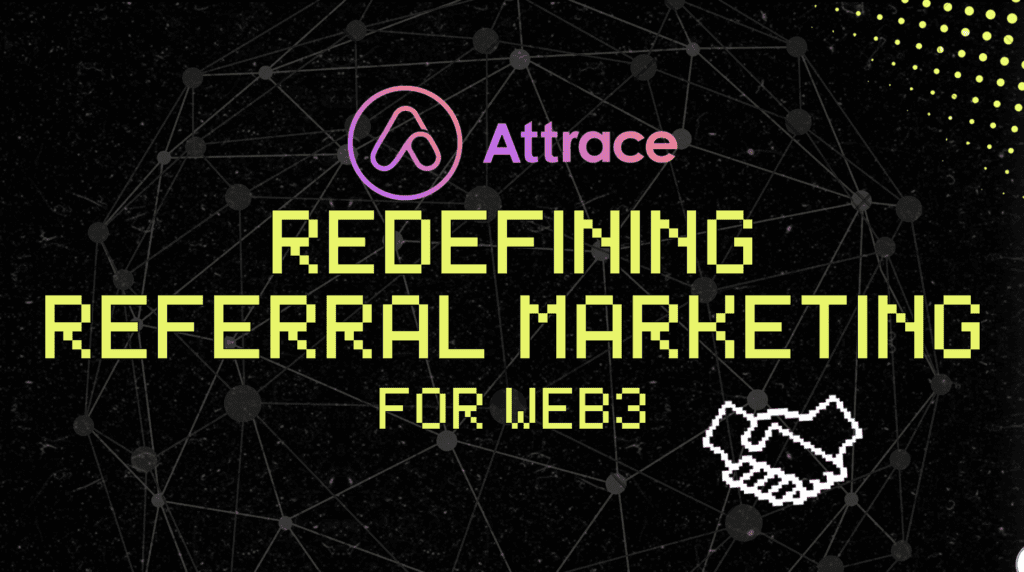It is no secret that most industries today are highly ‘centralised’, and referral marketing is no exception. In referral marketing’s case, such a structure brings with it a number of specific problems.
Firstly, there is the issue of centralised verification. Most businesses need to rely on a third party, a ‘middleman’, to manage their referral program. Whenever there is an intermediary there are always inherent risks, such as: Lack of transparency, fraud, data protection concerns, rising entry barriers, and added fees. As we are collectively becoming increasingly sensitive to potential mishaps in these risk areas, and with the associated fall-outs becoming more problematic, it is an absolute must that we correct for these deficiencies and inefficiencies.
When it comes to referral providers, having a client’s best interest in mind is hard to audit in practice. Indeed, a significant proportion of industry intermediaries knowingly or unknowingly make the process of adequately verifying conversions very arduous, leaving clients at the mercy of the very company they have trusted to do good by them.
Secondly, the current business environment is marked by a myriad of Data and Privacy mishaps. Having a centralized entity control all data inflows and outflows is risky: All it takes is a single point of failure for a large data spill to impact hundreds, if not thousands of clients and service providers. With a diminishing trust factor in existing solutions, correcting for data privacy issues becomes a pivotal role for a web3 response.
Lastly, industry veterans will be quick to notice an important issue we still haven’t mentioned — Reconciliation. Intermediaries take a large commission, usually between 15% to 45%, and pay-outs to promoters are often delayed, leaving referral partners in a real quandary, causing many to seek alternatives or switch to other options, such as Display advertising or Google ads.
 By
thekollab
By
thekollab



